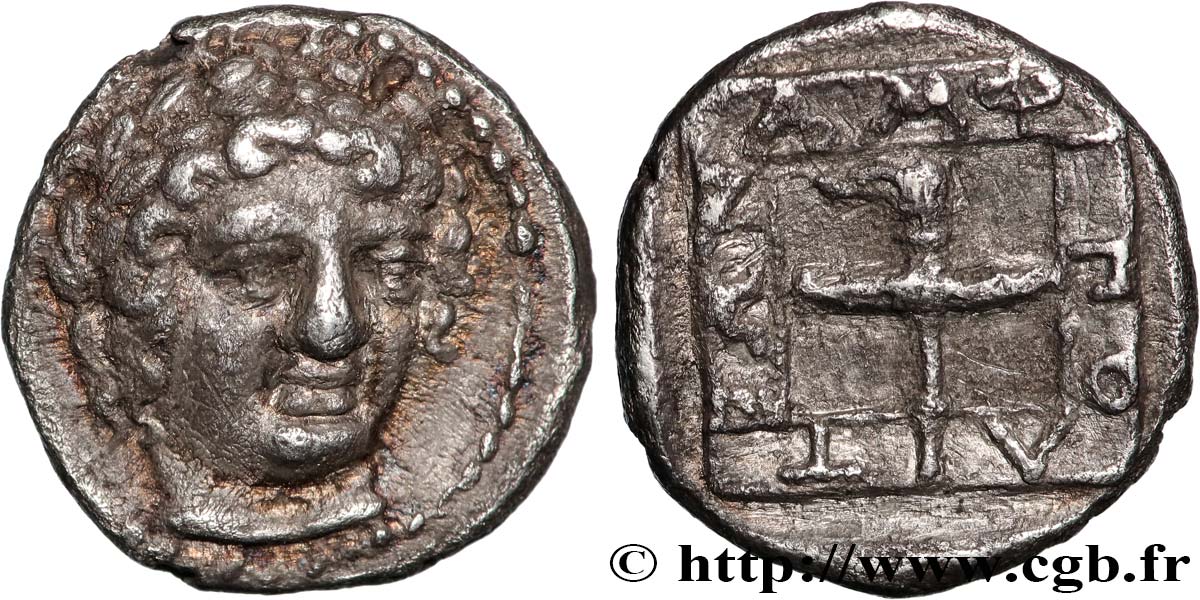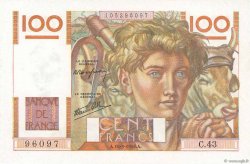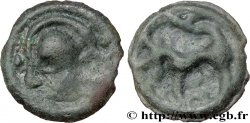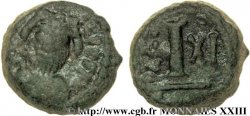正面
正面的文字 ANÉPIGRAPHE.
正面的说明书 Tête d’Apollon de trois quarts de face.
背面
背面的说明书 Torche de course allumée dans un carré linéaire.
背面铭文 AMF/IPO/LIT/EWN
历史细节
MACEDOINE - AMPHIPOLIS
(410-357 BC)
Amphipolis, an Athenian colony, was founded in 436 BC to protect and exploit the very important silver mines in the hinterland at the mouth of the Strymon. During the Peloponnesian War, the city was besieged and taken by Brasidas who was also killed during the battle (Thucydides V, chap. VI-XI). The city regained its independence with a magnificent civic coinage between 410 and 357 representing on the right a magnificent young Apollo. Philip II of Macedon, father of Alexander the Great, captured the city and the silver mines in 357 BC. For the next two centuries, Amphipolis was the principal workshop of the Macedonian kings. After Cynoscéphales, the mint had an autonomous coinage, composed of tétroboles. The last phase of coinage began after the defeat of Perseus and the organization of the kingdom into four provinces. Andriscus, who claimed to be the natural son of Perseus, rose up against the Romans in 148 BC. He was finally defeated by Publius Cornelius Scipio Nasica in 147 BC. The following year, in 146 BC- C., Macedonia became a Roman province.










 对产品描述纠错
对产品描述纠错 打印
打印 分享我的选择
分享我的选择 提问
提问 Consign / sell
Consign / sell
 产品介绍
产品介绍










